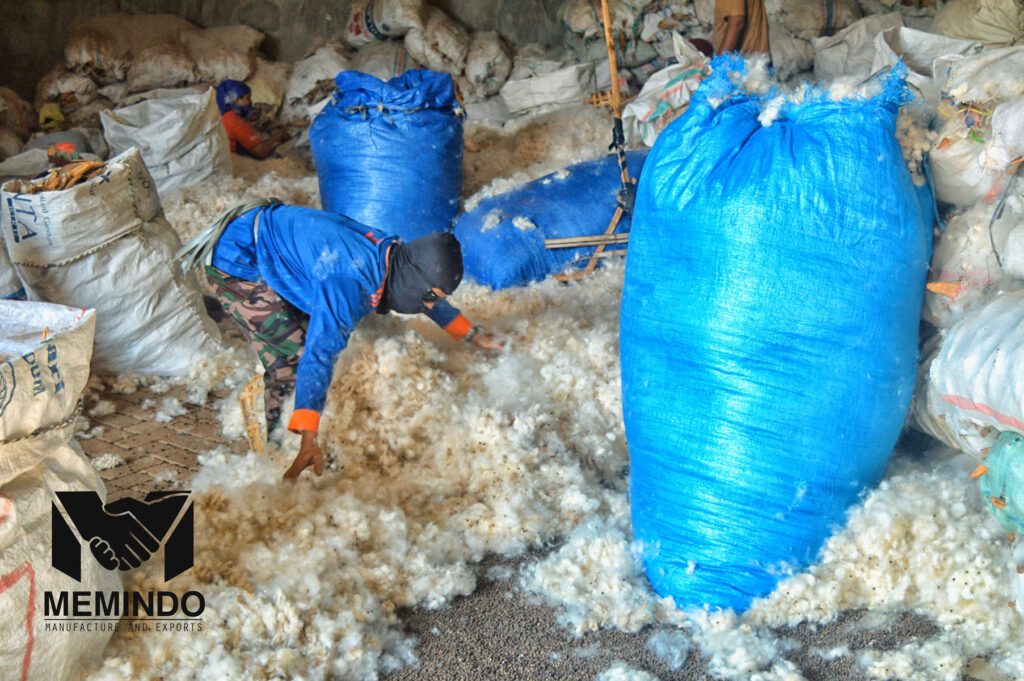Kapok Fiber: A Catalyst for Economic Transformation
As the world increasingly prioritizes sustainability, kapok fiber emerges as a powerful catalyst for economic transformation. Sourced from the kapok tree (Ceiba pentandra), this natural fiber offers a wealth of opportunities for economic growth, particularly in regions where the tree thrives.
Harnessing Kapok’s Economic Potential
- Empowering Local Communities: The cultivation and harvesting of kapok provide essential income for rural communities. By involving locals in the supply chain, kapok fiber production not only creates jobs but also empowers communities to invest in their future. This local engagement fosters a sense of ownership and pride, essential for sustainable economic development.
- Diversification of Income Streams: Kapok trees can be integrated into existing agricultural systems, allowing farmers to diversify their income. By planting kapok alongside traditional crops, farmers can benefit from additional revenue without sacrificing land or resources. This diversification can help mitigate risks associated with fluctuating market prices for staple crops.
- Emerging Markets for Sustainable Products: With a rising global demand for sustainable materials, kapok fiber is well-positioned to capitalize on this trend. Industries ranging from fashion to packaging are increasingly seeking eco-friendly alternatives, and kapok can meet this demand. By developing a strong brand around kapok products, countries can tap into new markets and enhance their economic prospects.
- Research and Development Opportunities: Investing in research and development related to kapok fiber can lead to innovations that improve its applications and processing methods. This focus can create new industries around kapok, driving further economic growth. For example, developing advanced processing techniques could enhance the quality and marketability of kapok-based products.
Overcoming Barriers
Despite its promise, several challenges must be addressed to fully unlock the economic potential of kapok fiber:
- Infrastructure Development: Efficient transportation and processing facilities are crucial for the kapok supply chain. Governments and private investors need to collaborate on infrastructure projects that facilitate the movement of kapok from rural areas to urban markets.
- Market Education: Raising awareness about kapok fiber’s benefits among consumers and businesses is essential. Marketing campaigns and educational initiatives can highlight its eco-friendly properties, driving demand and acceptance in various industries.
- Sustainable Practices Training: To ensure long-term viability, farmers must be trained in sustainable harvesting and cultivation practices. Providing access to resources and training can empower local communities to manage their kapok resources effectively.

A Vision for the Future
The future of kapok fiber as an economic driver is promising. By harnessing its potential, communities can not only create economic opportunities but also contribute to environmental sustainability. The integration of kapok into local economies can foster resilience against economic shocks and climate change.
In conclusion, kapok fiber is more than just a natural material; it represents an opportunity for economic transformation. By investing in its cultivation and production, we can empower communities, diversify incomes, and promote sustainable practices. As the global market continues to evolve, kapok fiber is poised to play a significant role in shaping a sustainable economic future.

